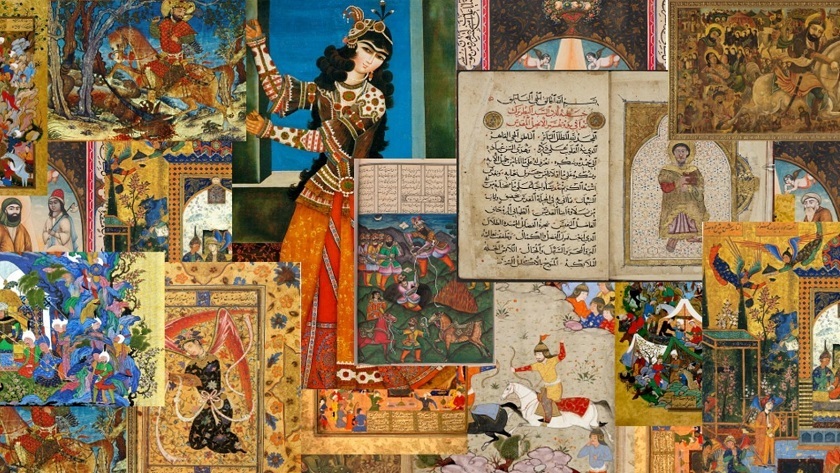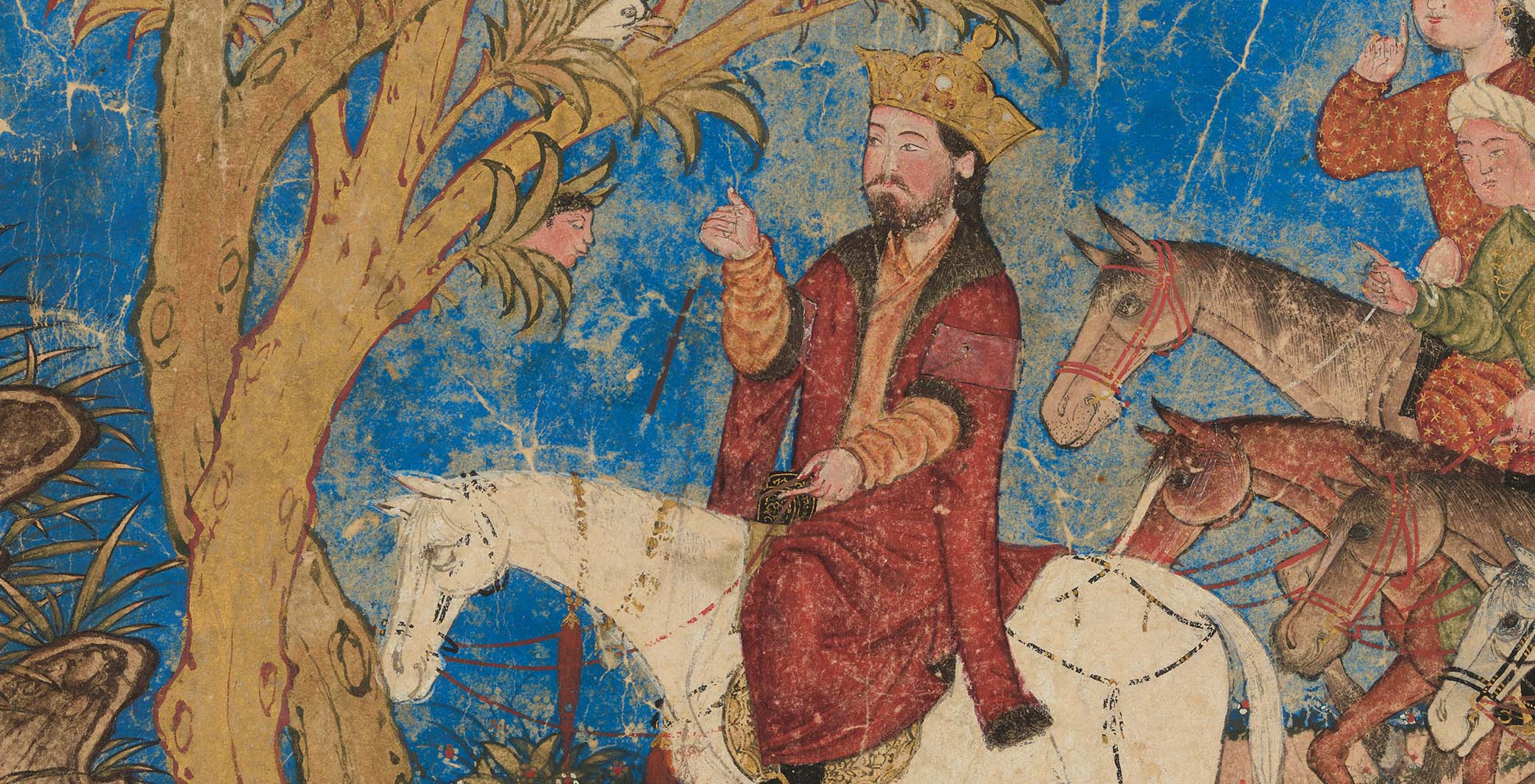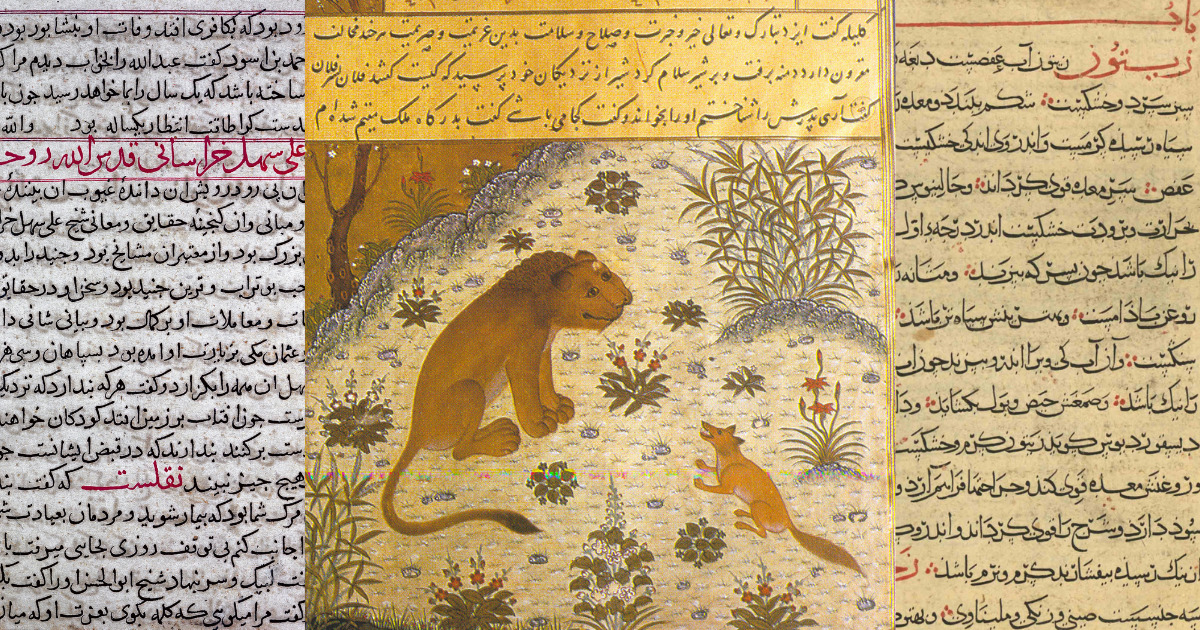At the turn of the 20th century, Iran stood at a crossroads: centuries‑old traditions met the tides of modernity, and the Persian Constitutional Revolution (1905–1911) upended politics, society—and the very shape of Persian literature. No longer confined to royal courts and mystical retreats, writers and poets seized the moment to speak to a broader public, experimenting with new forms, voices, and ideas. Here’s how a revolution in parliament sparked a revolution in prose and poetry.
From Majles to Majmuʿeh: The Rise of the Public Sphere
The Establishment of the Majles (Parliament): In 1906, under mounting pressure from merchants, clerics, and intellectuals, Moẓaffar‑ad‑Dīn Shah signed the decree for a National Assembly. Suddenly, power was no longer absolute—and debate spilled into coffeehouses, teahouses, and the pages of new newspapers.
New Print Culture: Lithography and typographic presses, once expensive luxuries, became more accessible. Dozens of periodicals—Sur-e Esrāfīl, Qanun, Habl al-Matin, Tarighi-ye Iran—began to appear, blending news, satire, poetry, and essays. Writers no longer addressed a distant monarch; they addressed you, the citizen.
Journalism and Satire: Sharp Pens in Uncertain Times
Mirzā Jahāngīr Khān’s Sur-e Esrāfīl: Named after the herald angel, this weekly paper unleashed biting satire, political cartoons, and stirring editorials—often under pseudonyms to evade censorship. Its iconic caricatures of leaked bribes and bungled bureaucracy galvanized public opinion.
Ali Aḵbar Dehḵodā’s Loghatnāmeh and Charand-o Parand: Dehkhodā paired his monumental dictionary with a satirical column, “Nonsense and Drivel,” lampooning everything from clerical hypocrisy to foreign interference.
Impact on Literature: Journalistic writing injected a new directness into prose. Metaphor gave way to irony, and moral didacticism to pointed critique. The pen was now a weapon in the struggle for justice.
Poetry Enters the Modern Age
Iraj Mirzā (1874–1926): A prince‑poet who donned a Western suit as readily as a robe, Iraj Mirzā’s ghazals challenged orthodoxy—writing of love as liberation and mocking pedantry in lines like:
“Why bind the heart in scholastic chains?
Let it roam free over plains of sighs.”
Ḥāfiẓ-e Shīrāzī Revived and Redefined: Constitutional‑era poets invoked the spirit of Hafez to demand honest rule. Patriotic ghazals praised martyrdom at the protest lines, equating freedom with spiritual wine.
Masʿūd Sodābādī and Modern Free Verse: Experimenting with stanza forms, he loosened the strict Arabic meters in favor of rhythms better suited to contemporary discourse.
The Short Story and the Novel: New Narratives for a New Era
Mirzā Āqā Ḵān Kermānī (1854–1896): Though pre‑Constitutional, his short stories—adapted from European models—laid groundwork for social critique. During the revolution, writers like ʿAbdollāh Mostawfī began publishing novellas on land reform, education, and women’s rights.
Women’s Voices: While still marginalized, women such as Bāqerzādah Urmī and Tāj al-Salṭanah (princess‑journalist) published essays on suffrage and schooling. Their writings foreshadowed the flowering of women’s poetry and prose in the decades to come.
Themes of the Revolution in Literature
| Theme | Literary Expression |
|---|---|
| Justice & Law | Trial scenes in novels; poems addressing judges and deputies as moral exemplars. |
| National Identity | Essays on Iran’s heritage; nostalgic lyrics invoking Zoroastrian and pre‑Islamic past. |
| Citizenship & Rights | First‑person narratives of petitioners, students, and merchants demanding voice. |
| Modern vs. Traditional | Dialectic poems and plays contrasting madrasa teaching with Western science. |
Legacy: From Revolution to Renaissance
By 1911, the fledgling parliament faltered under external pressure and internal strife—but the literary transformations were irreversible:
-
A New Public Audience: Writers no longer wrote only for elites; they wrote for villagers, students, shop‑keepers—anyone who could read.
-
Genre Innovation: Journalism, satire, short stories, and the modern drama entered the Persian repertoire alongside epic and lyric poetry.
-
Seeds of Modernism: The Constitutional era’s embrace of debate, self‑critique, and hybrid forms paved the way for later modernists—Sadegh Hedayat, Forugh Farrokhzād, and others—to push boundaries even further.
Conclusion
The Constitutional Revolution wasn’t only a political turning point; it was a literary revolution. In its wake, Persian literature shed its courtly confines and spoke with renewed urgency, unflinching honesty, and bold experimentation. The pens that once wooed kings now challenged power, and in doing so, opened a new chapter in Iran’s rich storytelling tradition.





